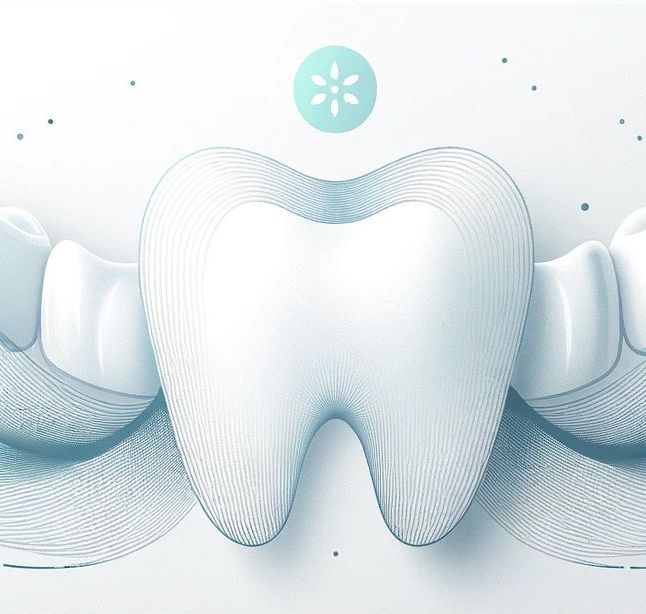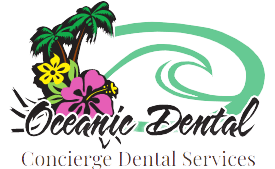-
Huntington Beach: 16052 Beach Blvd Ste. 112, Huntington Beach, CA
Emergency: (714) 600-4456
Huntington Beach: 16052 Beach Blvd Ste. 112, Huntington Beach, CA
Fountain Valley: 17991 Euclid St, Fountain Valley, CA
-
Fountain Valley: 17991 Euclid St, Fountain Valley, CA
Comprehensive Guide to Dental Deep Cleaning: Part 2
A Closer Look at Oral Health Maintenance
Welcome to part two of our comprehensive guide to dental deep cleaning. In this section, we will delve deeper into the details of deep cleaning, focusing on the frequency of the procedure, what to expect during and after the treatment, the concept of localized scaling and root planing, and common practices recommended by dental boards. By the end of this guide, you will have a comprehensive understanding of the entire deep cleaning process.
Frequency of Deep Cleaning
The frequency of deep cleaning depends on the severity of gum disease and the individual's oral health condition. For patients diagnosed with mild to moderate gum disease, deep cleaning is often recommended every three to four months. This more frequent schedule allows for thorough removal of bacteria and helps control the progression of gum disease. Patients with more advanced stages of gum disease may require deep cleanings more frequently to effectively manage their condition.
What to Expect During Deep Cleaning
- During a deep cleaning procedure, the dental professional will use specialized tools to remove plaque, tartar, and bacteria from the surfaces of the teeth and below the gumline. Local anesthesia may be administered to ensure your comfort during the procedure.
- The dental professional will begin by scaling the teeth, carefully removing the plaque and tartar deposits. This process may involve both manual scaling with handheld instruments and ultrasonic scaling, which uses high-frequency vibrations to break up the buildup.
- Following scaling, the root planing phase begins. The dental professional will smooth out the rough surfaces of the tooth roots, eliminating any remaining bacteria and creating a clean surface that facilitates gum reattachment. This step is crucial for preventing further bacterial colonization and promoting the healing process.
Localized Scaling and Root Planing
- In some cases, localized scaling and root planing may be necessary. This procedure targets specific areas of the mouth that show signs of more severe gum disease. Dental professionals carefully assess the condition of each tooth and its surrounding gum tissue to determine the extent of treatment required.
- Localized scaling and root planing focus on areas where deep pockets have formed, indicating advanced gum disease. By concentrating the treatment on these specific regions, dental professionals can effectively address the underlying infection and promote healing. This targeted approach is essential in managing and controlling the progression of gum disease.
Post-Treatment Care and Expectations
- After deep cleaning, it is common to experience some mild discomfort, sensitivity, or swelling in the treated areas. These symptoms usually subside within a few days. Your dental professional may recommend over-the-counter pain relievers or prescribe specific medications to alleviate any discomfort.
- To aid in the healing process and maintain good oral health, it is crucial to follow the post-treatment instructions provided by your dental professional. This may include using a prescribed antimicrobial mouthwash, practicing good oral hygiene at home, and avoiding certain foods that can irritate the treated areas.
- Regular follow-up appointments are necessary to monitor your progress and ensure the success of the deep cleaning procedure. Your dental professional will assess the healing of your gums, measure the gum pockets, and determine the appropriate intervals for future cleanings based on your specific oral health needs.
Common Practices Recommended by Dental Boards
- Dental boards, regulatory bodies that oversee dental practices, have established guidelines to ensure the highest standards of care. These boards emphasize the importance of deep cleaning in managing gum disease and preventing its progression. Dental professionals are advised to conduct thorough evaluations, including periodontal assessments, to identify the need for deep cleaning accurately.
- Furthermore, dental boards recommend a comprehensive approach to oral health care, which includes routine dental cleanings and regular check-ups. These preventive measures help maintain optimal oral health and can significantly reduce the risk of developing gum disease.
Conclusion
Part two of our comprehensive guide to dental deep cleaning has provided a more detailed examination of this essential procedure. We have discussed the frequency of deep cleaning, highlighting the importance of regular treatments for managing gum disease and preventing its progression. Understanding the process and what to expect during and after deep cleaning enables patients to approach the procedure with confidence and take necessary steps for post-treatment care.
Moreover, we explored the concept of localized scaling and root planing, emphasizing its significance in targeting specific areas of advanced gum disease. By tailoring the treatment to address these specific regions, dental professionals can effectively control the infection and support the healing process.
We also touched upon the common practices recommended by dental boards, emphasizing the importance of comprehensive oral health care that includes routine dental cleanings and regular check-ups. These practices are vital for maintaining optimal oral health and preventing the onset of gum disease.
By understanding the purpose, benefits, and recommended practices of deep cleaning, individuals can take a proactive approach to their oral health. Regular deep cleanings, in conjunction with proper oral hygiene practices, can help preserve healthy teeth and gums, prevent gum disease, and contribute to overall well-being.
In conclusion, dental deep cleaning is an integral part of maintaining a healthy smile and preventing gum disease. By being proactive in our oral health care and seeking regular deep cleanings when necessary, we can enjoy the benefits of a healthy mouth, confident smiles, and overall well-being. Remember to consult with your dental professional to determine the appropriate frequency of deep cleanings based on your specific oral health needs, and together, let's embrace the path to a lifetime of oral health and happiness.


About Us
With so many dental offices to choose from in Orange County, it’s difficult to find the one that’s ideal for you. At Oceanic Dental, compassion and expertise come together to provide concierge-level dental care that will help you achieve the smile you love.
24/7 Emergency Phone
Areas We Serve
Office Hours
-
Monday - Friday: 8AM - 5PM
-
Saturday: 8AM - 3PM
Locations
Huntington Beach
-
16052 Beach Blvd Ste 112 Huntington Beach, CA 92647
-
(714) 841–0203
Fountain Valley
-
17991 Euclid St Fountain Valley, CA 92708
-
(714) 378-0085
Oceanic Dental. All Rights Reserved.



